Fortinet Acquires Next DLP Strengthens its Top-Tier Unified SASE Solution
Read the release
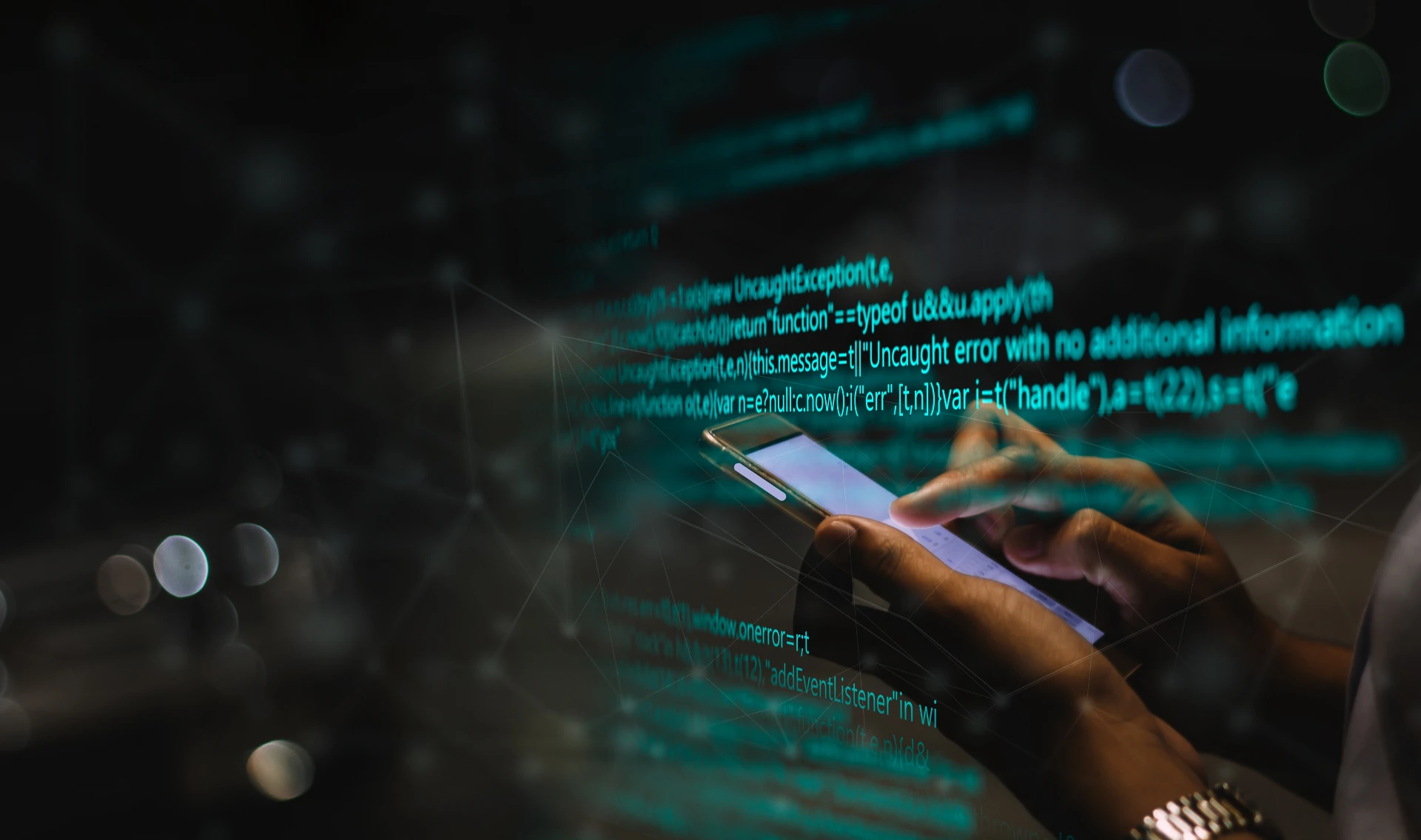
Software-as-a-service (SaaS) solutions offered by cloud service providers (CSPs) have become very popular with businesses of all sizes. The ease with which organizations can implement new functionality with SaaS is fueling their popularity, and more organizations are utilizing this type of software to address all kinds of business requirements.
In many cases, sensitive and high-value data is stored and processed by SaaS solutions and must be protected, but providing cybersecurity for SaaS products poses several risks and challenges. Organizations must understand these cloud security issues and the methods and best practices that can be used to address them.
In this guide, we’ll look at some of the most impactful risks and challenges of SaaS security and how SaaS data loss prevention (DLP) software can help prevent them.
In this article:
 |
Shadow IT, which refers to the unauthorized use of SaaS applications in organizations, poses significant security risks. It has been found that approximately 80% of employees admit to utilizing SaaS apps without seeking authorization from their IT department.
This trend is driven by the consumerization of SaaS services, where users can easily acquire and use SaaS tools without IT and security teams' knowledge or approval. The use of unsanctioned SaaS apps can lead to various security risks, including data exposure and malware.
In fact, it is estimated that 65% of SaaS apps are unsanctioned, meaning that employees install them without IT department permission. This lack of authorization can result in employees and the IT team being unaware of the security risks and vulnerabilities associated with these unapproved apps.
To mitigate these risks, organizations should implement measures such as using SaaS discovery tools to identify unauthorized apps and training employees to seek IT approval before adopting a SaaS app.
The following are some of the security issues companies need to consider when leveraging the functionality and convenience of SaaS solutions. The failure to address these problems effectively can put an organization’s valuable data assets at risk.
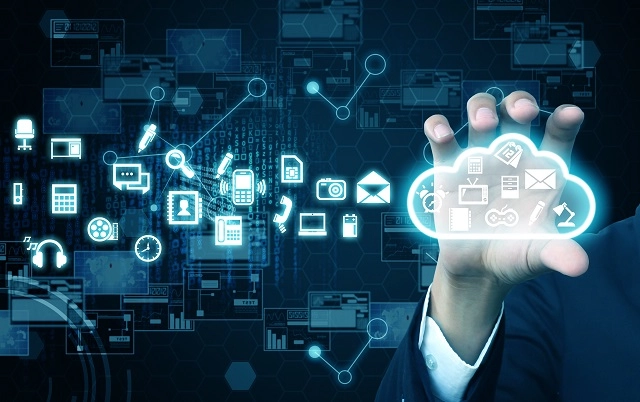 |
One of the major differences between SaaS solutions and traditional software products is how security is implemented to protect the applications, and the data they store and process.
The responsibility for securing a SaaS platform is shared between the cloud service provider and the customer.
The cloud service provider is responsible for securing the application and the infrastructure on which it runs, while customers have the ultimate responsibility for protecting their data. This requires them to understand the security configurations available to them and to make the appropriate selections.
Mature SaaS vendors provide breach notifications, keep customers updated on data breach incidents, and allow access to audit logs. Customers are responsible for complying with laws and regulations, and mature SaaS vendors ensure data residency and compliance throughout the data lifecycle.
Misunderstanding how cybersecurity is implemented can result in configuration errors, which, in turn, can result in gaps that can then present a risk to customer data.
Security misconfigurations by the SaaS provider or customer can result in an insecure cloud environment that puts data resources at risk. For example, a CSP’s system administrators may have provided elevated permissions which enables unnecessary access to sensitive data assets.
Other types of configuration issues can make it more likely that a successful cyberattack will plant ransomware or otherwise compromise the environment.
SaaS platforms are intended to be used by an organization’s employees and contractors, but these individuals may pose deliberate or unintentional insider threats to SaaS applications and their data.
Deliberate insider threats can come from malicious employees trying to steal data for financial gain or other motivations, while unintentional insider threats can emanate from accidents or oversights that violate an organization’s data handling policies.
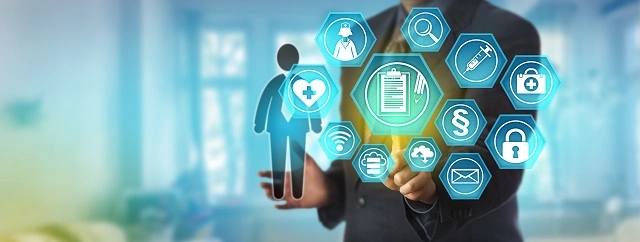 |
Companies that process regulated data, such as personally identifiable information (PII), health records, or credit card details, have additional cybersecurity concerns. They need to ensure that data is handled according to regulatory standards such as HIPAA or GDPR.
Failure to comply with requirements such as data encryption, long-term data retention, and rapid incident response and recovery can lead to financial penalties imposed by regulatory agencies.
A zero-day vulnerability is a vulnerability that is unknown to the developers of software solutions and is therefore not addressed via software patches. Cybercriminals exploit these vulnerabilities to attack IT environments and cause disruptions or data breaches.
SaaS platforms make inviting targets for cybercriminals. Exploiting a vulnerability in a SaaS solution may allow threat actors to gain unauthorized access to the infrastructures of multiple organizations that use that particular piece of software.
This exploit may enable initial access that can be used to move throughout the environments in search of valuable information. Data can then be exfiltrated or destroyed with disastrous repercussions for the victimized company.
Account hijacking performed by threat actors is a common problem with SaaS applications. This problem is exacerbated by the rise of the mobile workforce and the need to access high-value data remotely. Employees may use unsecured personal devices to connect with a business-critical SaaS solution.
Cybercriminals can take advantage of lax security on personal devices to hijack user credentials and gain unauthorized access to the environment. They may directly attack SaaS data assets or attempt to move laterally through the infrastructure in search of more valuable targets.
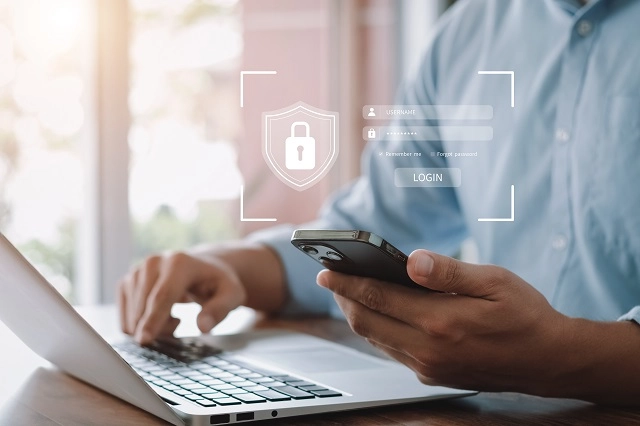 |
A strict IAM posture is necessary when providing access and authorization for SaaS platforms, and users should only have the level of access needed to address business requirements. Credentials should also be removed as soon as an employee no longer needs them to avoid any potential security violations.
Multi-factor authentication should be used to minimize the threat of compromised credentials by forcing users to authenticate with a second method. Credentials inadvertently disclosed in a phishing attack will not be enough to gain access to the SaaS platform.
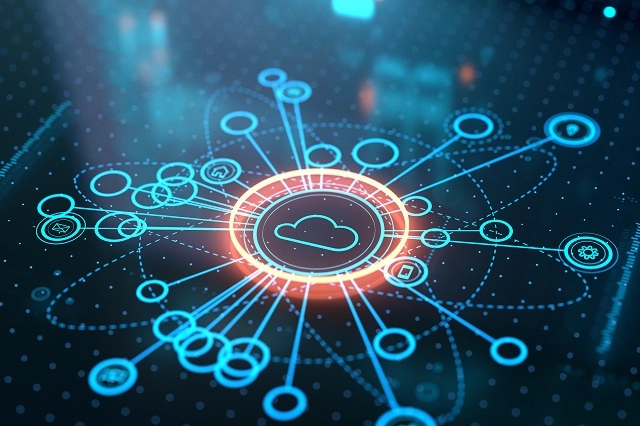 |
Organizations face various risks and challenges when it comes to SaaS security. To address these risks, organizations need to implement robust third-party risk management programs. This includes consistently monitoring and managing the unique potential security risks posed by SaaS vendors.
Implementing a vendor tiering process can help prioritize high-risk vendors, such as SaaS providers, during routine risk assessments. Security questionnaires should be sent to ensure that high-risk vendors are complying with necessary regulatory requirements.
Additionally, organizations should be aware that their vendors also have vendors, adding another layer of complexity to the third-party ecosystem.
Defining the shared responsibility model between customers and SaaS providers is also crucial. This helps reduce the risk of introducing vulnerabilities into the SaaS infrastructure and ensures comprehensive protection of sensitive data. SaaS providers should clearly outline the responsibilities for security, privacy, and operational activities.
Overall, organizations must maintain a vendor inventory and implement effective third-party risk management programs to mitigate SaaS security risks.
Data loss prevention (DLP) software provides users with enhanced security for SaaS platforms by ensuring that data resources are not maliciously or accidentally mishandled. DLP platforms accomplish this task by automating the enforcement of an organization’s data handling policy to restrict unauthorized access and inappropriate use of data.
The Reveal Platform by Next acts as a safety net to protect a company’s sensitive and valuable information. The tool employs advanced technology such as machine learning to keep data from being misused for any reason.
Reveal also provides user training at the point of risk to help build a more security-conscious workforce and better protect company data. In doing so, it provides an excellent addition to your cybersecurity stack and strengthens your SaaS security.
Talk to our experts and schedule a demo to see how Reveal prevents accidental or deliberate misuse and take the next step in securing your data today.
How can customers ensure regulatory compliance for SaaS data?
Customers can ensure regulatory compliance for SaaS data by entering into detailed agreements with their SaaS providers.
For example, a HIPAA Business Associate Agreement (BAA) is a contract between a healthcare provider and the organization that performs IT services for them. The agreement should spell out the steps the CSP will take to comply with all relevant regulations.
Why are SaaS platforms often targeted by threat actors?
SaaS platforms are often targeted by threat actors because of the potential to attack many victims simultaneously. For instance, a ransomware attack perpetrated through a SaaS solution can impact all the customers who use that software.
Cybercriminals increase the possibility of successfully infecting a target and carrying out a data breach by spreading a wide net in this way.
Why is multi-factor authentication important for SaaS platforms?
Multi-factor authentication is important for SaaS platforms because of the ease with which SaaS applications can be accessed from any location. All that’s needed to use a SaaS platform is an internet connection.
This enables remote employees to access systems over unsecured WiFi networks, a potential security risk that may expose their credentials to threat actors. Multi-factor authentication minimizes the risks that stolen credentials can be used to access SaaS applications.

Blog

Blog

Blog

Blog

Resources

Resources

Resources

Resources
